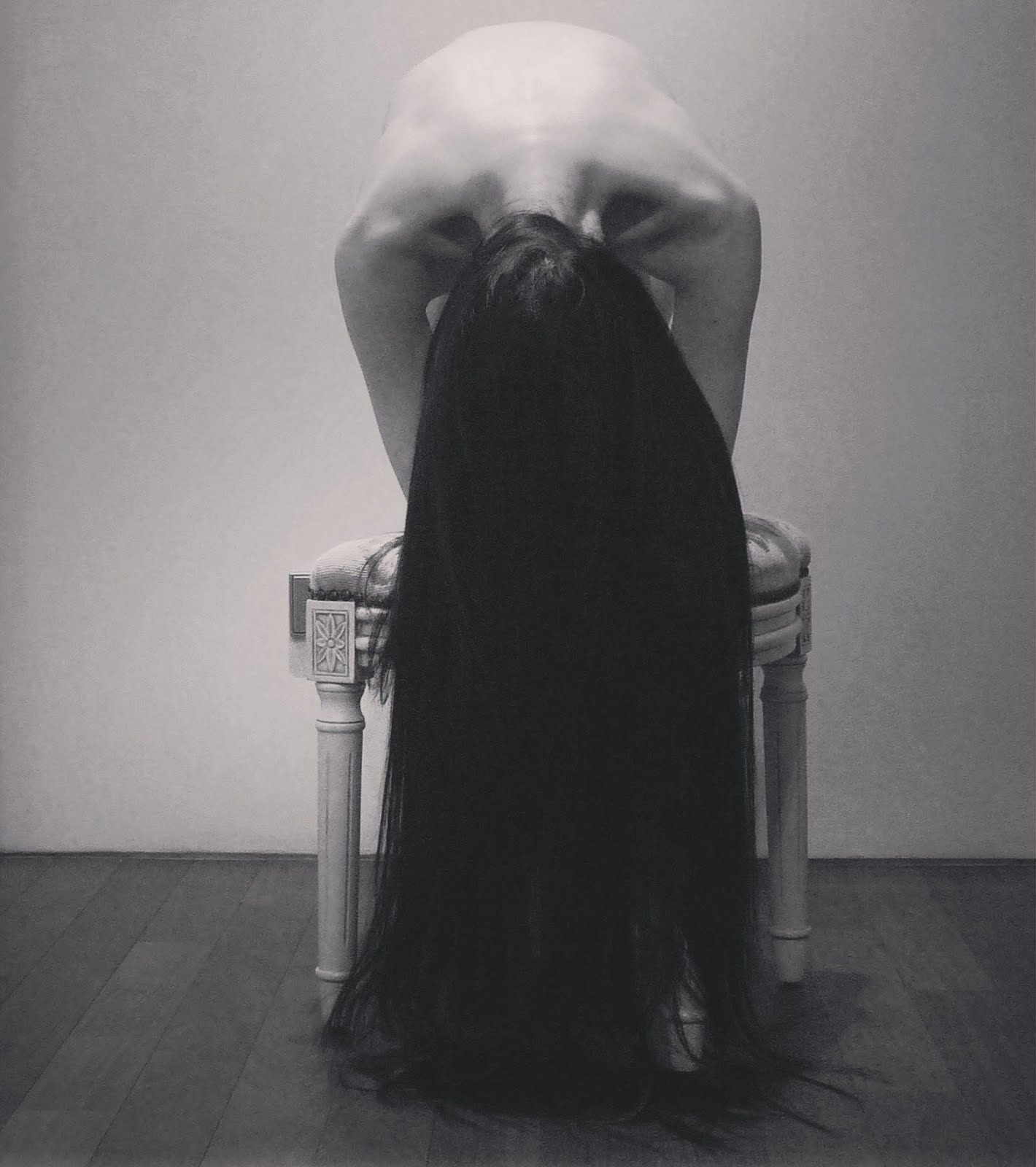"Spices, Perfumes, Toxins!" by Avner Dorman: I am desperately in need of the CD or DVD of this full-length concert...
The title Spices, Perfumes, Toxins! refers to three substances that are extremely appealing, yet filled with danger. Spices delight the palate, but can cause illness; perfumes seduce, but can also betray; toxins bring ecstasy, but are deadly. The concerto combines Middle-Eastern drums, orchestral percussion, and rock drums with orchestral forces – a unique sound both enticing and dangerous.
Spices, Perfumes, Toxins! is a result of years of collaboration with PercaDu. While we were still students at the Rubin Academy of Music in Tel-Aviv, Tomer and Adi asked me to write a piece for them. All three of us aimed at a piece that would be markedly Israeli and would reflect young Israeli culture. The process of composing the piece involved working closely with PercaDu on my ideas and testing them on the instruments long before the piece was done. In hindsight, I believe that the most important choice in making the piece sound Israeli was the use of four Darbukas and Tom-Toms in addition to the Marimbas. The piece, Udacrep Akubrad (PercaDu Darbuka spelled backwards) became one of PercaDu’s signature pieces and my most performed composition and is the basis for the first movement of the concerto.
Spices – the first movement draws its inspiration from the music of our region (extending its boundaries to the east as far as the Indian sub-continent). The piece is largely based on Middle-Eastern and Indian scales and uses the Indian system of Talas for rhythmic organization. I use these elements within a large-scale dramatic form and employ repetitive minimalism as it appears in the music traditions of the East and in the works of Western minimalists of the past forty years. Approximately at the movement’s golden section there is a cadenza that precurses the last movement of the concerto.
In Perfumes, the sonic world changes as one of the percussionists leaves the marimba and plays on a vibraphone. In Perfumes I use what I call multicultural polyphony. The opening theme of the movement (in the marimba) is reminiscent of Baroque arias. The three flutes that accompany the melody (regular, alto, and bass) echo the ornamental nature of the melody and transform it into lines characteristic of Middle-Eastern folk music. At the same time, the bass line borrows its sound from the world of Jazz. Each part of the texture contributes the “soul” of its genre, so to speak, in an effort to create a humanistic whole that express the diversity of our time and culture. As the movement progresses the soloists and orchestra embark on a colorful journey from the seductive to the dangerous.
In Toxins! the soloists use the entire variety of percussion instruments at their disposal. The movement is based on alternation between an aggressive rhythmic pattern (played on drumsets) and passionate outbursts in the orchestra. It swings like a pendulum between extreme joyous ecstasy and obsessive anxiety, pain, and delusions. As the movement develops, the music becomes increasingly fanatical until the final outburst of catharsis and death.
{*text via Avner Dorman website linked above}





